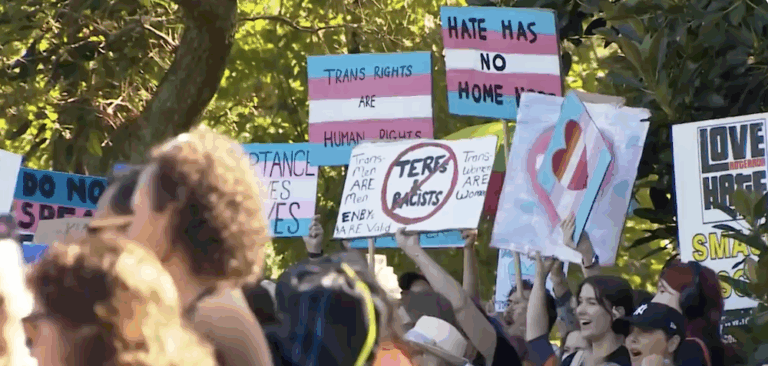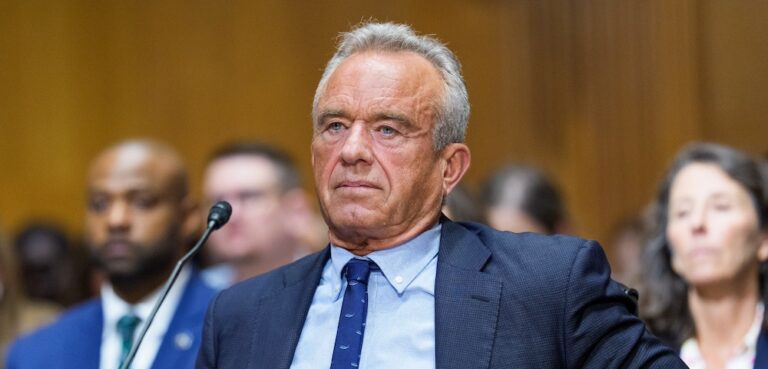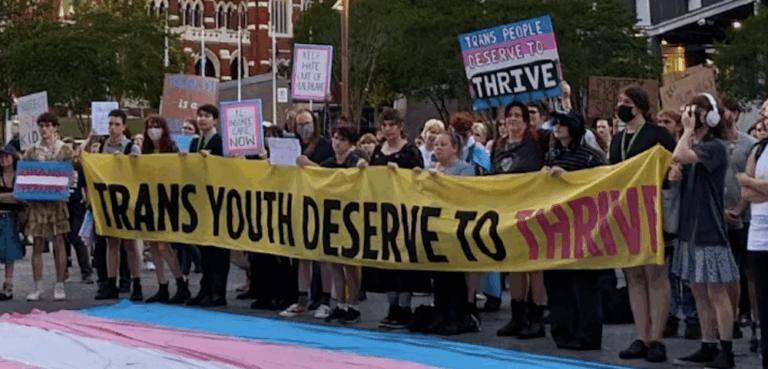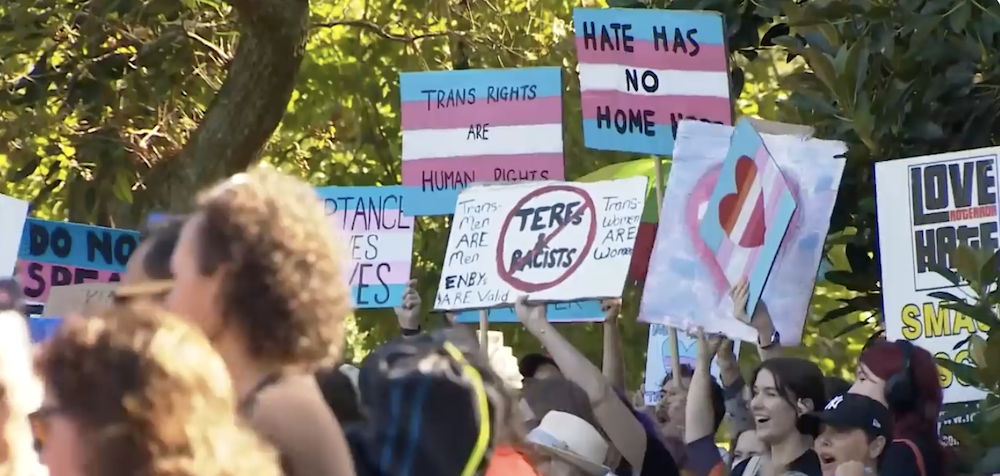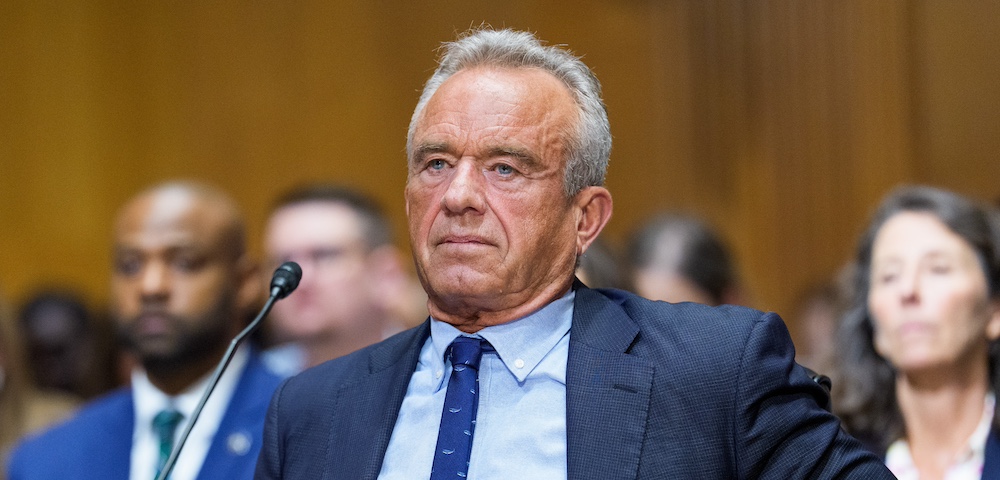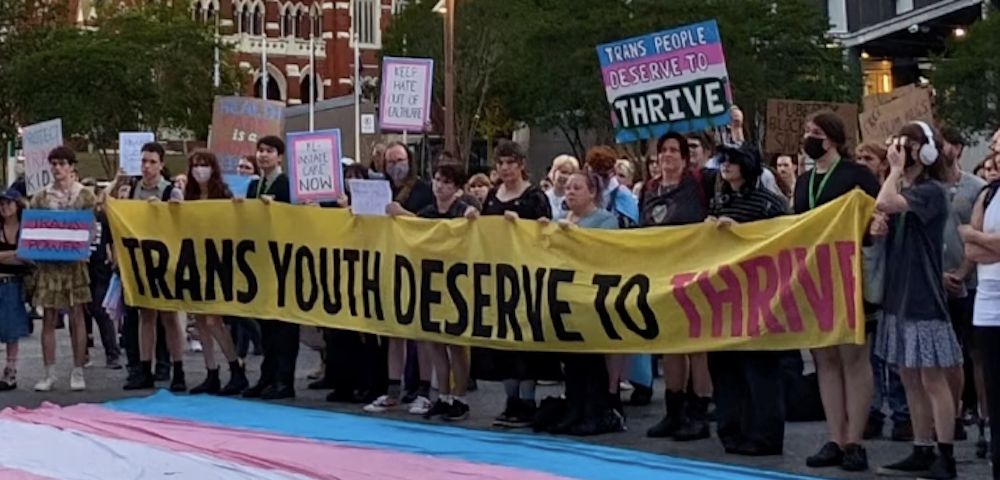
‘Fixing the system’: hiring bias and employment barriers for trans and gender diverse people
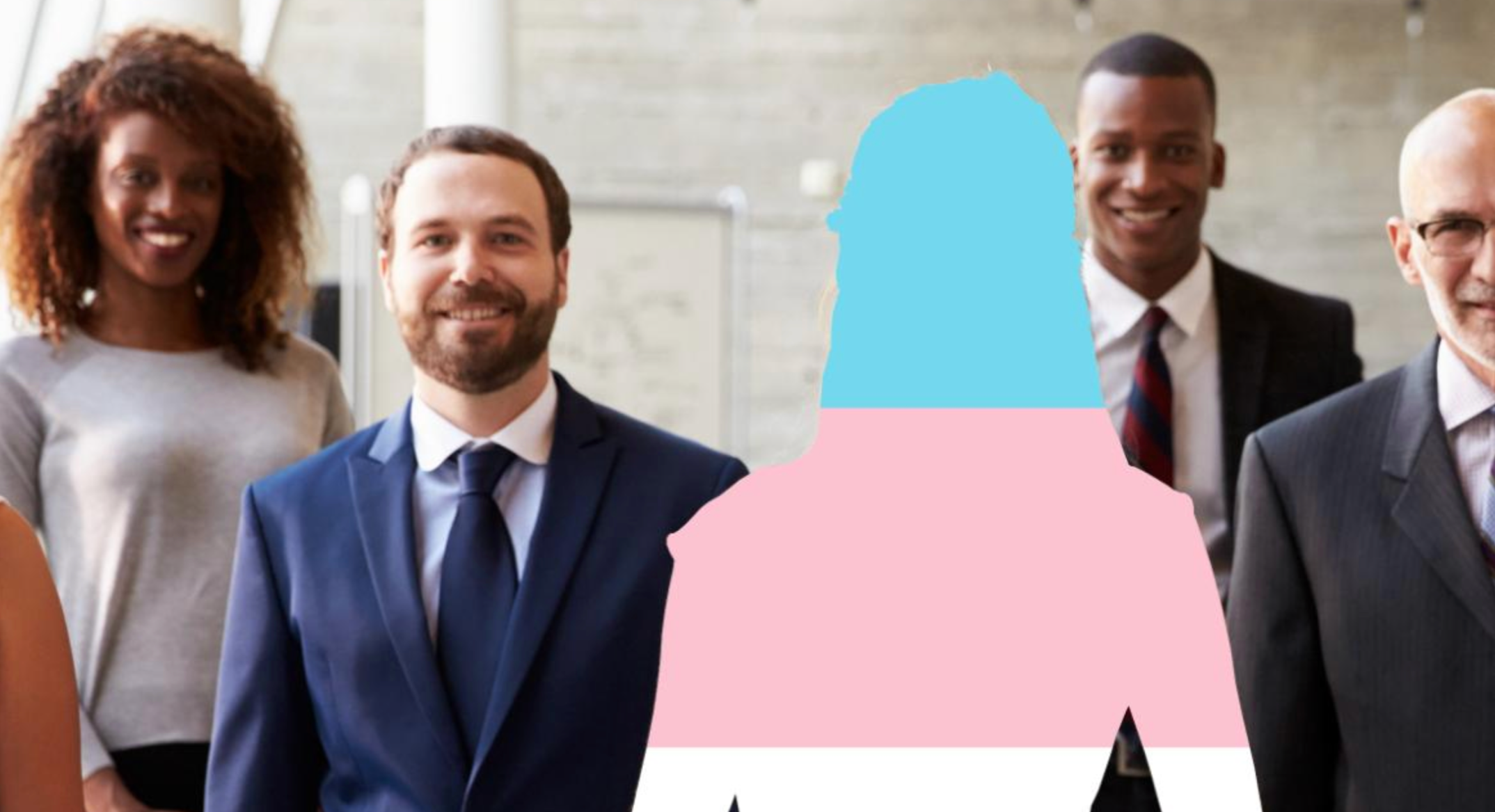
Diversity professional Kimberly Olsen on hiring bias and how workplaces can remove barriers to employment for trans and gender diverse people.
***
Transgender people face some of the worst statistics when it comes to unemployment.
A recent study of 200 trans and gender diverse people showed that 30 per cent had been fired, denied a promotion or experienced some form of mistreatment in the workplace. Another showed that unemployment rates for trans and gender diverse people was at nearly 40 per cent, nine times the Australian average.
There are no statistics regarding education standards for trans and gender diverse people alone, but LGBTIQ+ people as a group have graduate degrees at twice the rate of the general population.
Given those statistics and the more than 250 Australian organisations that are actively working in LGBTIQ+ inclusion, something is broken when it comes to our recruitment processes.
The question is, what can be done?
When it comes to diversity and inclusion initiatives within corporate Australia, the Achilles Heel is recruitment.
Unfortunately it won’t get better without serious intervention, especially as organisations increasingly rely on computer based screening and A.I, systems that build in existing biases.
On the face of it, recruitment seems like a fair process: we treat all people the same, therefore, if all people have what we are looking for, they all have the same chance of success. We simply pick the best possible fit based on a number of criteria, right?
Well, no, but even if we did, that would be the antithesis of supporting diversity.
Until we are prepared to radically modify our recruitment processes, the most marginalised people, including trans and gender diverse people, will continue to be assessed unfairly.
Extensively modifying our recruitment processes to support diversity isn’t going to be easy.
it’s not a sprint, it’s a marathon, but we can make changes today to address barriers and biases and we can apply some positive discrimination to address the shortcomings in our recruitment systems until they are suitably modified.
Understand the trans experience
It is key that hiring managers and recruiting teams understand the trans experience. Trans people are diverse and there are many misconceptions.
Basic training addressing sex assigned at birth, gender identity and gender expression is critical.
If your hiring managers do not have this training and you suspect you are hiring a trans or gender diverse person, be sure to include a subject matter expert in the interview or pre-interview assessment.
Understand recruitment from the trans perspective and remove barriers
A 2017 survey of 900 people from the UK revealed that half hid their LGBTIQ+ status from employers and colleagues for fear of discrimination.
The same study found that one in eight trans people reported being physically attacked by a colleague or customer in the last year, and that 25 per cent had experienced homelessness.
These experiences can have a profound impact on how trans people approach the recruitment process.
Beyond these experiences, trans people face a number of subtle hurdles in the hiring process, which often inadvertently place them at a disadvantage.
ID verifications or even phone interviews contrive situations where trans applicants must explain their gender identity with virtual strangers. Needless to say, these conversations can distract from the candidate’s qualifications, and reduce their chances of being hired.
You can’t assume someone is trans in an interview and then discuss these matters, but organisations can make it clear in vacancy advertisements that they understand the obstacles trans and gender diverse applicants face and will work with them to overcome these barriers.
Understand and address your own gender identity bias
Recognising that terms such as transphobia and transprejudice were expressions that didn’t adequately explain the subtleties of bias against gender diverse people, researchers at Skidmore College (NY) introduced the term Gender Identity Bias (GIB).
Their research, which consisted of three experiments, showed that equally qualified trans and gender diverse applicants were considered equally capable, but were considered not as likeable and not as employable and as such would not be hired.
Their research also showed that exposure to gender diverse people in the workplace or in panel discussions decreased GIB.
They even demonstrated that actual interactions with transgender people were not required, and that imagined interactions would suffice.
Imagined interactions can also address other subtle biases. Even if it’s in a corporation’s values to be inclusive, if they haven’t educated their employees on things like trans and gender-diverse language, it becomes hard to place a trans hire where there isn’t one already.
The answer is obvious – educate individual teams and hire more trans employees into those teams.
Apply positive discrimination
Given that our recruitment processes are failing trans and gender diverse candidates, and given that changes to these processes are likely to take time, in the short term it makes sense to apply some positive discrimination.
Taking a risk on a trans employee can yield a more informed and inclusive workplace and will most often gain you a very loyal employee.
